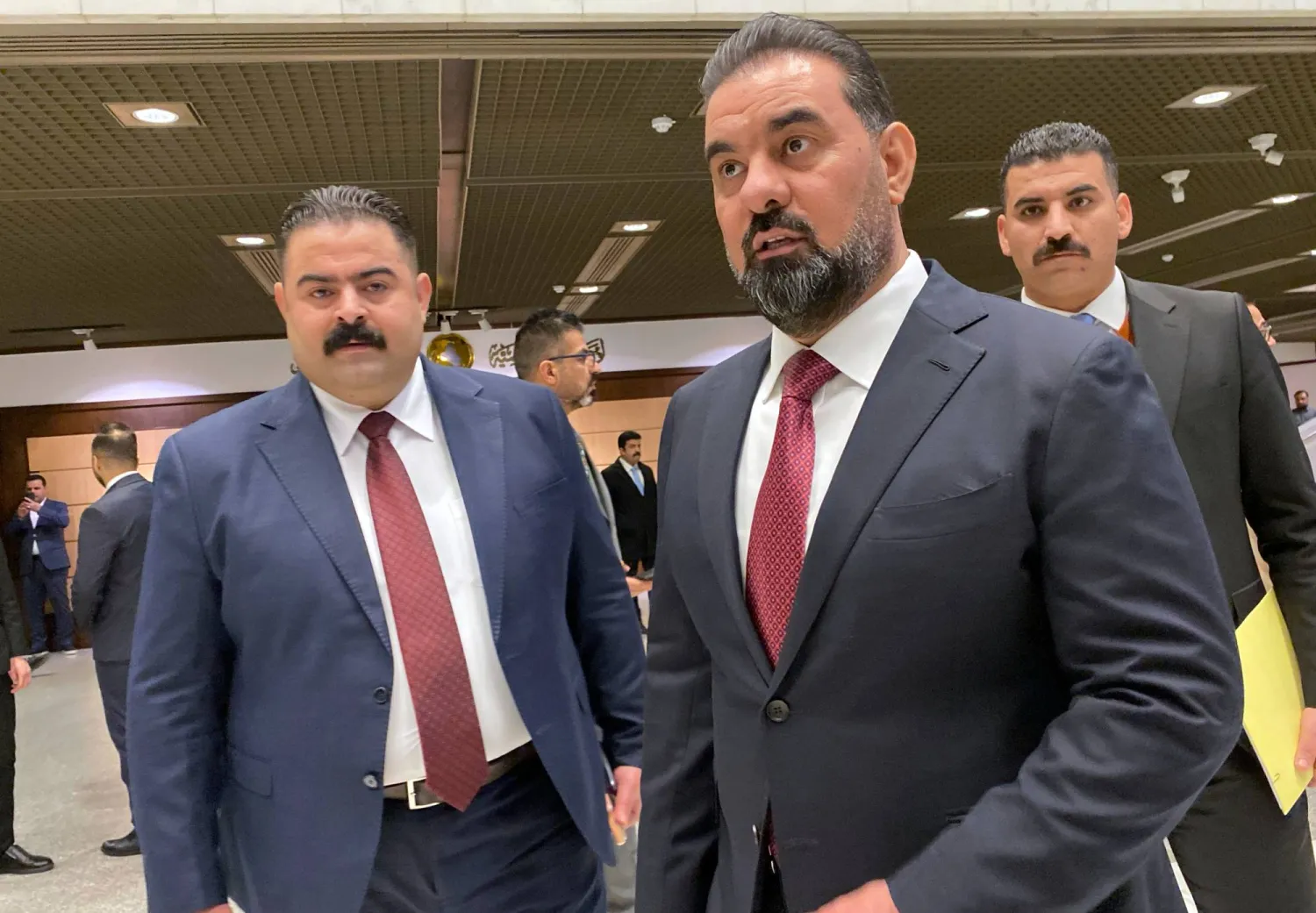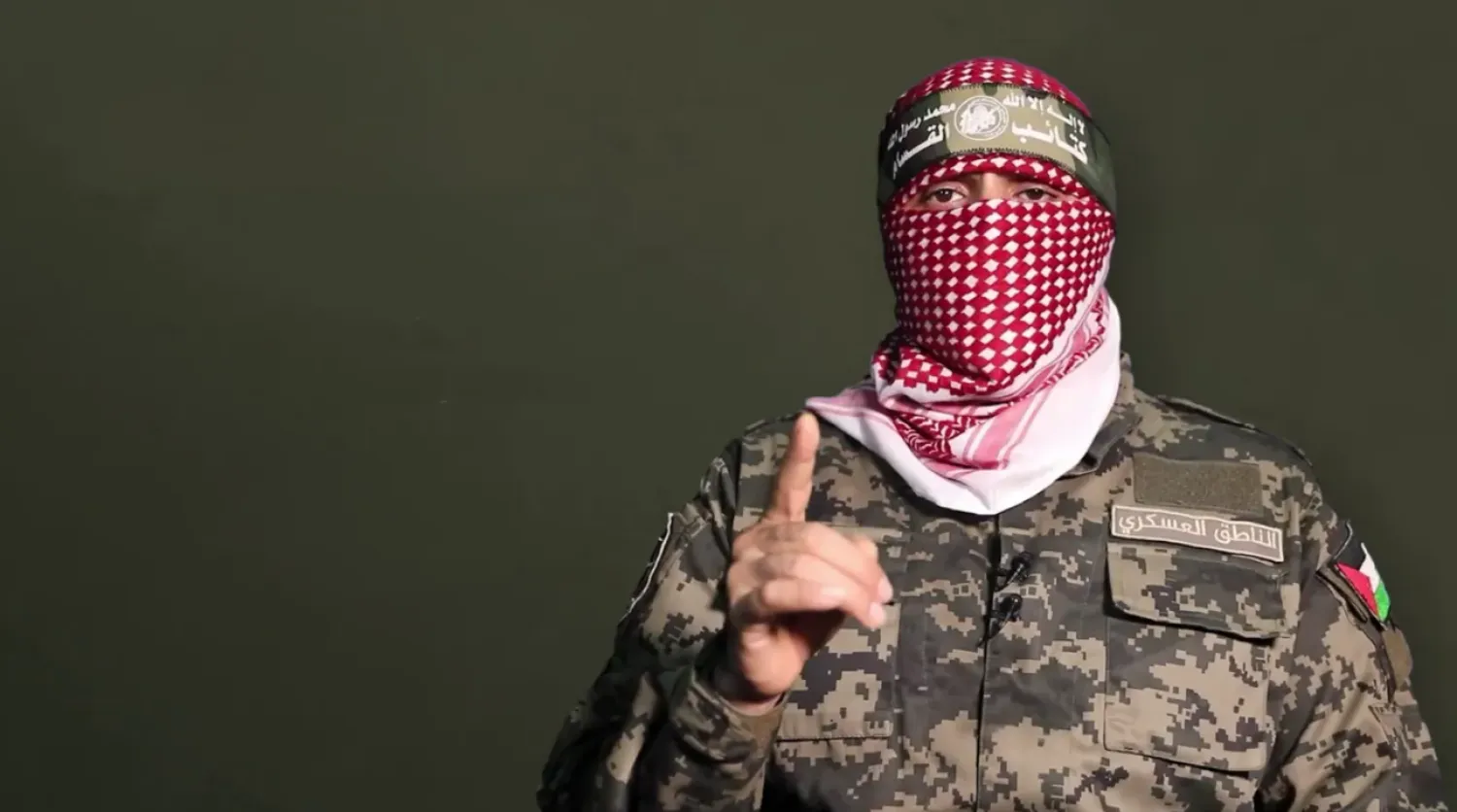Hamas's armed wing reiterated on Monday that it would not surrender its weapons, a key issue expected to feature in talks later in the day between US President Donald Trump and Israeli Prime Minister Benjamin Netanyahu.
In a video statement, the Ezzedine al-Qassam Brigades also confirmed the death of their longtime spokesperson, months after Israel announced he had been killed in an air strike in Gaza on August 30.
"Our people are defending themselves and will not give up their weapons as long as the occupation remains," said the group's new spokesman, who has adopted the nom de guerre of his predecessor, Abu Obeida.
The statement came just hours before Trump and Netanyahu were scheduled to meet in Florida.
Israeli government spokeswoman Shosh Bedrosian said Netanyahu would discuss the second phase of the Gaza truce deal, which includes ensuring that "Hamas is disarmed, Gaza is demilitarized".
Rejecting that demand, the new Abu Obeida instead called for Israel to be disarmed of its weapons.
"We call on all concerned parties to work toward disarming the lethal weapons of the occupation, which have been and continue to be used in the extermination of our people," he said.
In the same statement, he confirmed the death of his predecessor, and also announced the deaths of four other Hamas commanders in Israeli attacks during the war.
"We pause in reverence before... the masked man loved by millions... the great martyred commander and spokesperson of the Qassam Brigades, Abu Obeida," he said.
During the war, Abu Obeida, whose real name was Hudhayfa Samir al-Kahlout, emerged as a central figure eagerly awaited by Gazans, as well as by Arab and international media, for official statements from Hamas's military wing, particularly those related to hostage-prisoner swaps.
Born on February 11, 1985, and raised in the Jabalia refugee camp in northern Gaza, Abu Obeida joined Hamas at an early age before becoming a member of the Ezzedine al-Qassam Brigades.
He later became the group's spokesman, delivering video statements in military uniform with his face consistently concealed by a red keffiyeh.
He survived multiple Israeli assassination attempts over the years.
Hamas officials have described him as a symbol of "resistance", known for fiery speeches that often included threats against Israel or announcements of military operations.
"For many years, only a very small circle of Hamas officials knew his true identity," a Hamas official told AFP.
Israel has decimated Hamas's leadership, saying it seeks to eradicate the group following Hamas's October 7, 2023 attack on Israel, which triggered the war.









